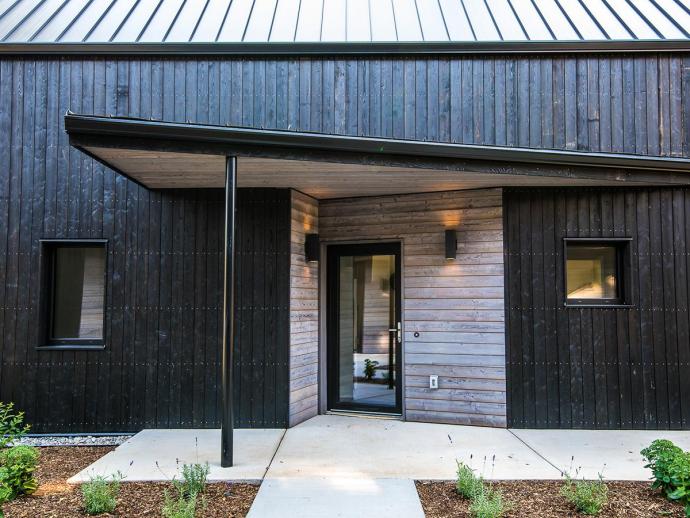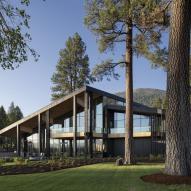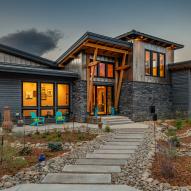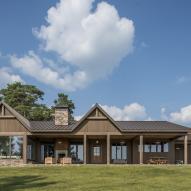What's in a name: Larch
A building material prized by Julius Cesar.
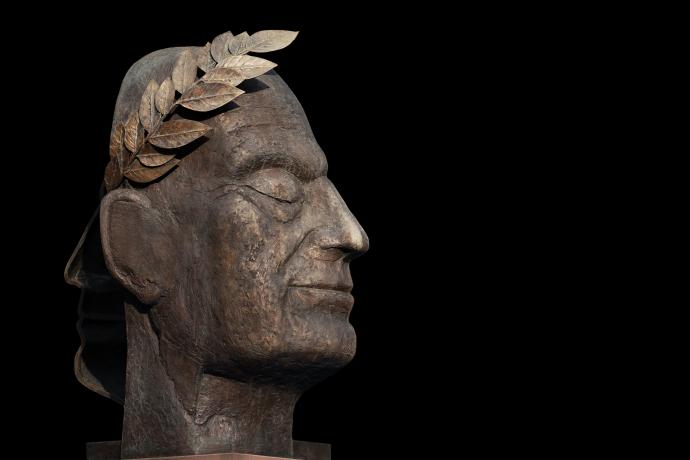
"In war, events of importance are the result of trivial causes."
- Gaius Julius Caesar
Larch trees are some of the most dominant species in the boreal forests of Canada & Siberia and grow widely over the cool forests of the norther hemisphere. Uniquely these towering 65- to 150-foot-tall trees are deciduous, meaning they lose their needles in autumn and some species become bright yellow and orange as fall approaches.
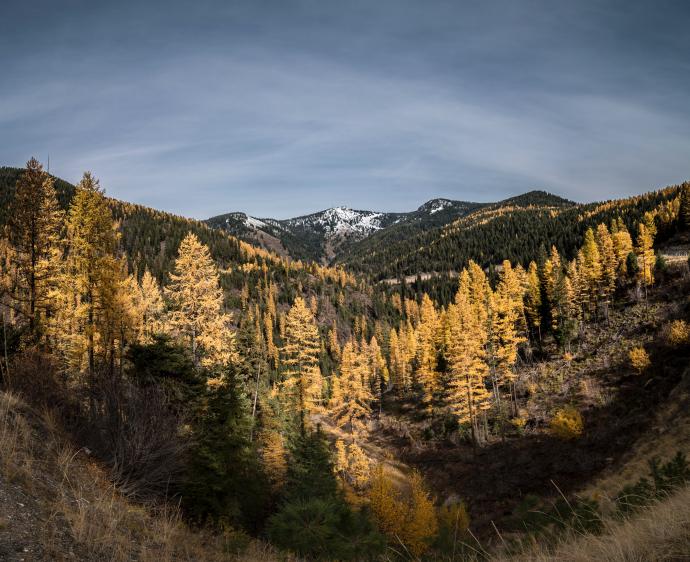
Historically sought after for its tough timbers and resin, it was an ancient campaign by then Roman General Julius Cesar around 58 BCE into what is now known as the European Alps that gave us the name Larch, which derives from the Latin "Larigna," named after the ancient settlement of Larignum.
According to Roman author and architect Marcus Vitruvius Pollio, it was during a siege on a log framed tower stronghold in Larignum that the tree first became known as Larigna. During the siege Caesar ordered his legions to surround the base of the wooden tower with brushwood kindling and set it ablaze to ensure the surrender of the garrison within. The size and intensity of the flames surrounding the tower gave the impression that surrender would soon follow, but after the fire had burnt itself out Caesar was amazed to see the tower visibly undamaged.
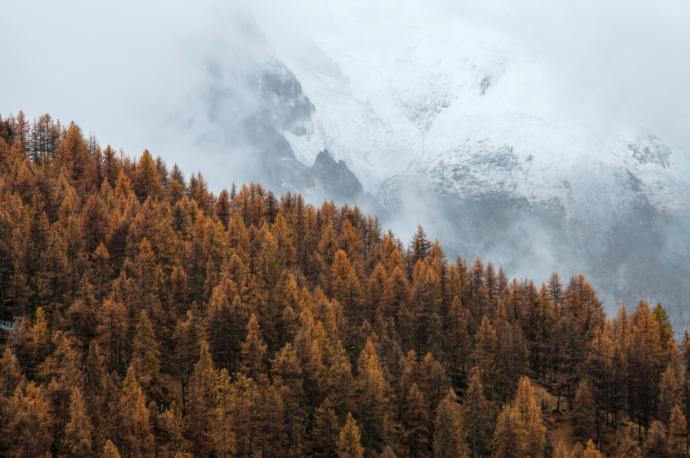
Undeterred, Caesar eventually surrounded the town with his legions and persuaded the population to surrender, but so impressed was Caesar with the resilience of the wooden tower which had resisted the flames of his attack, he inquired of the townspeople as to where they had harvested this remarkable timber. The townspeople of Larignum then pointed the way to what would go on to be called the Larch tree.
Today Larch is a sustainable timber that is generally under-harvested in the United States and Canada. Commodity timbers are fast-growing which make Larch an affordable option for siding, flooring and paneling in both vertical and horizontal applications. Valued for its tough and durable qualities, Larch timber is also in great demand for building yachts and small boats.
The timber is highly resistant to rot when in direct contact with the ground due to its high resin content and is regularly used for fencing. In central European countries Larch is also favored in construction of residential housing much the way Pine is often used in the United States.
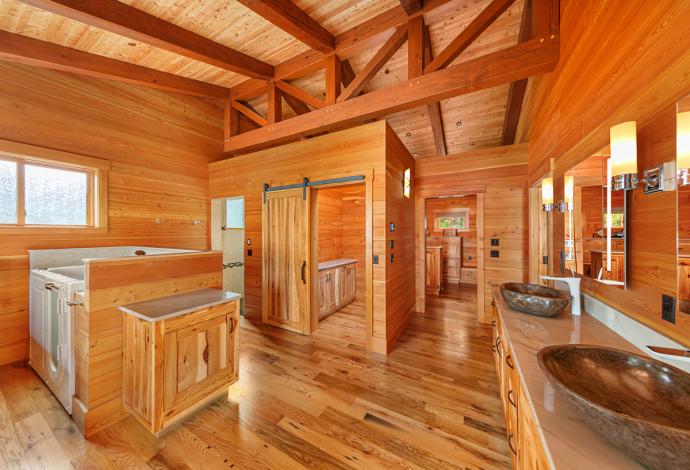
At Pioneer Millworks we feature Larch in our Shou Sugi Ban and Siding & Shiplap lines specifically because of its durable, weather resistant, and sustainable nature. Domestically Larch is an under-harvested byproduct of the logging industry and we only use timbers harvested in British Colombia that are fast-growing, renewable, and make for a comparable alternative to cedar. Because of this Larch is also among the most affordable timber options available, putting it in a league of its own in terms of quality for value.
